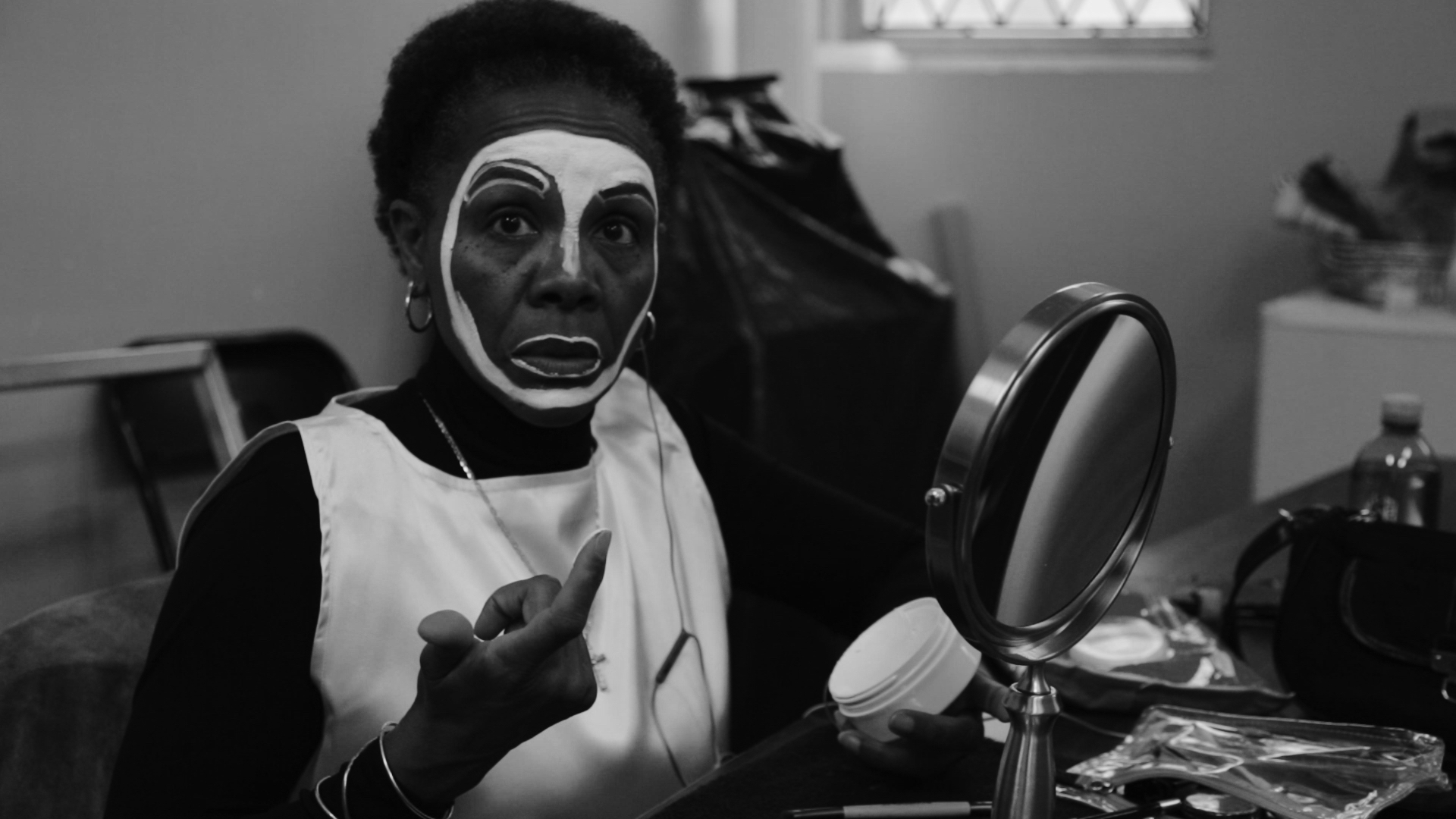
Spanning performance, music, video, and installation, the work of Brooklyn-based artist Steffani Jemison draws upon Black vernacular culture to produce new modes of expression. In advance of Jemison’s screening and listening session at Conversations at the Edge tomorrow, which also coincides the artist’s solo exhibition at Iceberg Projects, we have invited Sampada Aranke, Assistant Professor in Art History at SAIC to introduce the central piece of the program, Sensus Plenior (2017).
Sensus Plenior (2017), the title of Steffani Jemison’s most recent video work, is a phrase that can indeed characterize Jemison’s entire artistic practice. The phrase has popularly been translated from Latin as “fuller sense” or “fuller meaning,” and often is used in relation to Biblical exegesis on how the scripture’s meaning exceeds the mortal hands that scribed the text itself. These doublings— between the written word and the senses, knowledge and understanding, meaning and the excesses of it— are central to Jemison as they point to the limits and capacities of language and its uptake. The simultaneity of the fullness of senses and the fullness of meaning are source material in Jemison’s entire artistic oeuvre.The artist has steadily worked to point us to the complexities and limits of language, the secreted modes of Black radical expression, and activations of the body as a gestural container in all of her work. Mobilizing minimalist aesthetic forms in her video, installation, and sculptural work, Jemison’s practice searches for an aesthetics that might enable us to encounter the richness of those histories otherwise unaccounted for within dominant art histories.

Sensus Plenior (2017) visualizes the relationship between gesture and interpretation as a considered undertaking of the hermeneutics of Black expressive form. Ordained minister Susan Webb centers the work as a figure whose movement oscillates between the quotidian and theatrical. Jemison’s adept attention to the richness of gesture appears here as a hypnotic engagement with the ecstatic. Each gesture accumulates, each bodily movement communicates, each sonic note quivers. The black, white, and gray tones of her video palette compels us towards a history of the cinematic in relation to racialized subjects. We are taken into and out of the annals of history and into the readily sensual qualities of the present. This, perhaps, is what formulates the contours of a fuller sensational experience— not the excessive but the successive, the sequential modes of inheritance that appear in the everyday.
Sampada Aranke (PhD, Performance Studies) is an Assistant Professor in the Art History, Theory, Criticism Department. Her research interests include performance theories of embodiment, visual culture, and black cultural and aesthetic theory. Her work has been published in e-flux, Artforum, Art Journal, Equid Novi: African Journalism Studies, and Trans-Scripts: An Interdisciplinary Online Journal in the Humanities and Social Sciences at UC Irvine. She has written catalogue essays for Rashid Johnson, Sadie Barnette, Kambui Olujimi, Sable Elyse Smith, and Zachary Fabri. She’s currently working on her book manuscript entitled Death’s Futurity: The Visual Culture of Death in Black Radical Politics.